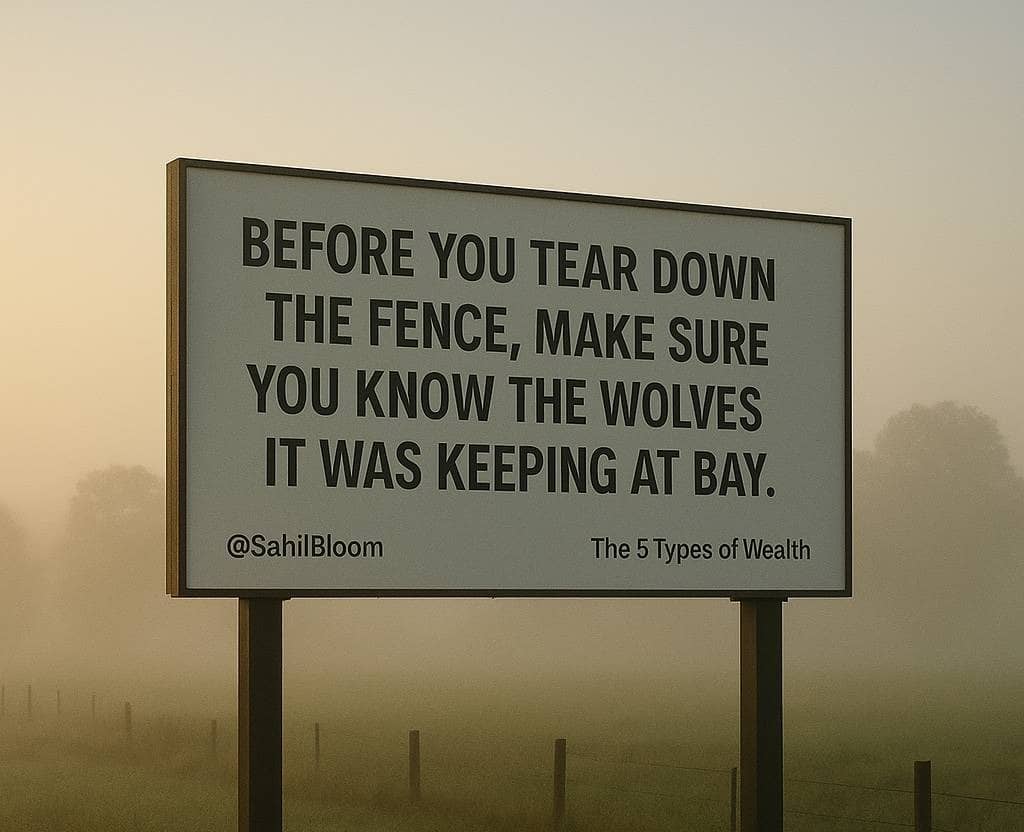Chesterton's Fence: The Importance of the Origin
Today at a Glance
What’s a Rich Text element?
The rich text element allows you to create and format headings, paragraphs, blockquotes, images, and video all in one place instead of having to add and format them individually. Just double-click and easily create content.
Static and dynamic content editing
A rich text element can be used with static or dynamic content. For static content, just drop it into any page and begin editing. For dynamic content, add a rich text field to any collection and then connect a rich text element to that field in the settings panel. !
- ml;xsml;xa
- koxsaml;xsml;xsa
- mklxsaml;xsa
How to customize formatting for each rich text
Headings, paragraphs, blockquotes, figures, images, and figure captions can all be styled after a class is added to the rich text element using the "When inside of" nested selector system.
There was once a small village surrounded by a tall wooden fence that had been there as long as any of the villagers could remember.
A traveler arrived one day and walked into the pub. He asked the locals why the fence was there when it blocked the beautiful view of the surrounding countryside.
They all shrugged. No one knew. The fence had just always been there. And every year, people worked to maintain and repair it.
The traveler smiled and said, "If no one knows why it's there, surely you don't need it anymore. We should tear it down. You'll have a better view and that will attract more travelers and commerce to your village. Everyone in the village will be better off!"
The locals agreed with the traveler. The next morning, they went out and dismantled the fence surrounding the village.
The view was spectacular and all the locals wondered why it had taken them so long to do what now seemed so obvious.
But that night, while everyone was asleep, a group of wolves entered the village and ravaged the livestock that kept the villagers fed.
As it turned out, the fence was there for a reason, after all.
It's easy to laugh at the villagers' mistake, until you realize how often we do the same thing...
An English writer named G.K. Chesterton once wrote on this phenomenon:
There exists in such a case a certain institution or law; let us say, for the sake of simplicity, a fence or gate erected across a road.The more modern type of reformer goes gaily up to it and says, “I don’t see the use of this; let us clear it away.”To which the more intelligent type of reformer will do well to answer: “If you don’t see the use of it, I certainly won’t let you clear it away. Go away and think. Then, when you can come back and tell me that you do see the use of it, I may allow you to destroy it.”
This idea, now known as Chesterton's Fence, offers a powerful lesson:
Never remove a fence until you know why it was there in the first place.
In our rush to criticize, it's important to first understand why something exists in its current form.
It's important to understand the origin.
Fences typically aren't built for no reason at all. If something exists, there was generally a reason. If you destroy it without understanding that reason, you may open yourself up to the wolves hiding behind the fence.
Most discussions of Chesterton's Fence focus on change within societies, culture, or business. It's a call-to-action to think deeply before making sweeping change. A reminder that while the systems, rules, or traditions may no longer serve their original purpose perfectly, it doesn't mean they serve no purpose at all.
But I think it's even more interesting to consider how this framework applies to your life.
We all have "fences" that our present self has inherited from the past:
- Habits
- Mindsets
- Tools
- Beliefs
- Routines
Every single day, these fences shape our reality and outcomes.
I've often talked about the fact that it's easier to subtract than to add. Tearing down an old fence is easier than building up a new one.
But before you do, pause and ask yourself:
Why was this here in the first place? What was the origin?
Sometimes that evening routine you've grown tired of was the thing that kept your anxiety in check.
Sometimes that daily relationship ritual that seems pointless was the thing that made you feel connected.
Sometimes that budgeting tool you're bored of was the thing that kept your saving and investing on track.
Sometimes that boundary that feels outdated was the thing that prevented burnout.
The point isn't that all fences should remain forever. Some have truly outlived their purpose. But tearing them down without understanding that origin is dangerous.
True wisdom is found in distinguishing between the fences that still protect and the fences that simply constrain.
Before you tear down the fence, make sure you know the wolves it was keeping at bay.
















